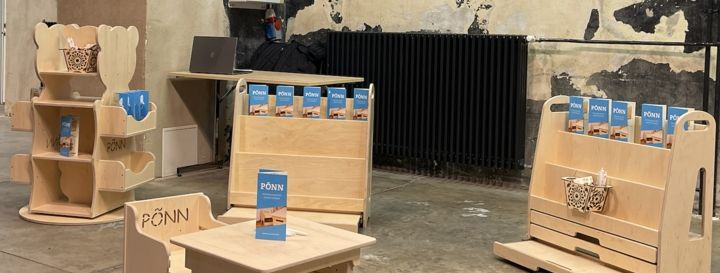The benefits of using polycarbonate in construction
Polycarbonate is a versatile and durable thermoplastic material that has gained significant popularity in the construction industry. Known for its exceptional strength and lightweight properties, polycarbonate is used in a variety of applications, from roofing to interior design. This blog post explores the numerous benefits of using polycarbonate in construction, making it an ideal choice for architects, construction companies, and DIY enthusiasts.
Properties of Polycarbonate
Polycarbonate is renowned for its high impact resistance, making it virtually unbreakable. This property ensures that structures made with polycarbonate can withstand harsh weather conditions, accidental impacts, and even vandalism. Its durability extends the lifespan of construction projects, reducing the need for frequent repairs or replacements.
Despite its strength, polycarbonate is remarkably lightweight. This characteristic simplifies transportation and installation, reducing labor costs and time. Its lightweight nature also means that less structural support is required, allowing for more innovative and flexible design possibilities.
Polycarbonate offers excellent light transmission, comparable to glass, but with added benefits. It can be manufactured in various colors and finishes, providing architects and designers with a wide range of aesthetic options. This transparency allows for natural light to illuminate spaces, enhancing the visual appeal and reducing the need for artificial lighting.
Polycarbonate panels provide effective thermal insulation, helping to maintain comfortable indoor temperatures. This property is particularly beneficial in climates with extreme temperatures, as it reduces the reliance on heating and cooling systems, leading to energy savings.
Polycarbonate is treated with UV protective coatings, preventing yellowing and degradation over time. This UV resistance ensures that the material maintains its clarity and structural integrity, even when exposed to direct sunlight for extended periods.
Environmental Benefits
Polycarbonate is a sustainable material choice due to its long lifespan and recyclability. It can be recycled multiple times without losing its properties, reducing waste and contributing to a circular economy. Additionally, its durability means fewer resources are needed for maintenance and replacement.
The thermal insulation properties of polycarbonate contribute to energy efficiency in buildings. By reducing the need for artificial heating and cooling, polycarbonate helps lower energy consumption and carbon emissions, aligning with the goals of environmentally conscious construction practices.
Applications in Construction
Polycarbonate is widely used in roofing applications due to its strength, light transmission, and weather resistance. It is ideal for greenhouses, conservatories, and commercial buildings, providing protection while allowing natural light to penetrate.
Polycarbonate panels are used in facades and cladding to create modern, sleek exteriors. Their lightweight nature and aesthetic versatility make them suitable for both residential and commercial projects, offering a contemporary look with practical benefits.
Thanks to its transparency and UV resistance, polycarbonate is an excellent choice for skylights and glazing. It allows for maximum light penetration while protecting interiors from harmful UV rays, enhancing the comfort and ambiance of indoor spaces.
Polycarbonate is also used in interior design for partitions, decorative panels, and furniture. Its versatility and aesthetic appeal enable designers to create unique and functional spaces that are both stylish and durable.
Cost-Effectiveness
While the initial cost of polycarbonate may be higher than some traditional materials, its durability and low maintenance requirements result in significant long-term savings. The reduced need for repairs and replacements makes it a cost-effective choice for construction projects.
The lightweight nature of polycarbonate simplifies installation, reducing labor costs and time. Its ease of handling and adaptability to various designs further contribute to its cost-effectiveness, making it a preferred material for many construction professionals.






Comments (0)